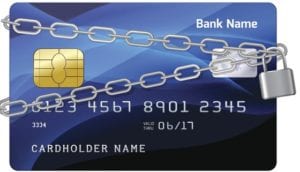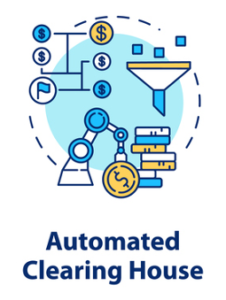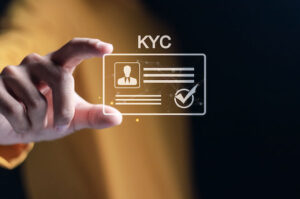When you initiate an electronic transaction using the Automated Clearing House (ACH), you assume it’s complete as soon as the information in your electronic system is sent off into the World Wide Web. However, ACH does not guarantee instantaneously settled transactions, though they did introduce same-day processing in 2016. Thus, tidy transactions may create a few exceptions to the completed process and be returned.
It’s an issue for anyone using the ACH network. This includes government agencies, banks, businesses, and individuals. With a network reaching every American bank account and credit union account, the use of the clearinghouse system saves time and money for anyone who wants to guarantee the processing of credits or debits.
But what if the originating depository financial institution (ODFI) sends a credit or debit to a recipient financial institution (RDFI), and the transaction cannot be completed—what do you do next?
When the receiving institution rejects the credit or debit, that institution will notify the ODFI and generate a code to explain why the transaction was rejected. The rejection is called an ACH return, and the code is called a return code.
Codes are your allies. They often clue you into the next steps by describing where your issue lies and can be resolved. The reasons can be fairly simple and easy to resolve yourself or a bit more complex, requiring communication with parties involved to verify information and clear up any issues.
Let’s go over returns, common return codes, and what to do when you receive one.
What is an ACH return?
So what is an ACH return? Not to be confused with the manual request to cancel a completed transaction called a reversal, the return will arrive because the transaction could not be completed. While reversals are often initiated on behalf of an ACH network user by an ODFI, returns are triggered by an RDFI receiving a request to complete a transaction and finding that, for some reason, it cannot. Instead of settling the transaction as expected by the ODFI, the RDFI sends a kind of shorthand return code back to the ODFI explaining why the transaction did not go through. The ODFI will notify the customer that a transaction was canceled to allow the customer to address the issue.
Common Reasons for an ACH Return
ACH returns can happen due to simple human error. Perhaps someone entering the bank account and routing number made a typo or transposed a number. If the resulting error goes to an RDFI with a non-existent account and routing number pair, the transaction will be returned. Other common return reasons include closed accounts and insufficient funds in the originating account holder’s account.
Importantly, both the RDFI bank and the RDFI bank customer can initiate a return.
ACH Return Code Examples
The National Automated Clearing House Association (Nacha), mandates the use of three return codes which give readers lots of information about what to do next. A few common codes are listed below, but there are over 70 codes.
R01: Insufficient Funds
R02: Account Closed
R03: No Account/Unable to Locate Account
R04: Invalid Account Number
R05: Unauthorized Consumer Debit Using Corporate SEC Code
R06: ODFI Requested Return
R07: Authorization Revoked by Customer
R08: Payment Stopped
R09: Uncollected Funds
R10: Unknown Originator and/or Not Authorized to Debit Receiver’s Account
What happens if an ACH payment is returned?
Using the three-digit return code, you may want to communicate with the customer or banking institution to resolve the indicated issue. Be sure to document each step, and look out for any fees that may be charged due to the return.
To comply with Nacha standards, certain exception codes, or return codes, should only come up so often. Codes R02, R03, and R04 should not come up more than 3% of the time, for example.
Be sure you take timely and proactive steps to fix your issue and make sure the same code is not generated during the next round of ACH processing. Even if it is not possible to fix the issue, such as in situations where you have attempted to send a payment to a closed account, you should be sure to remove the information from any place in your system to prevent the same mistake from happening again.
Through BankersHub, you can learn more about the ACH system with our ACH Certification. We include a valuable module on ACH Exception Item Handling to illuminate what happens if an ACH payment is returned. You’ll learn both originating and receiving side responsibilities and how to manage return disputes and dishonored returns. You’ll also learn best practices, which will both teach you to avoid generating returns and to effectively handle returns timely. Your focused attention will be rewarded with an upskilling, which allows you to lead in your organization.








